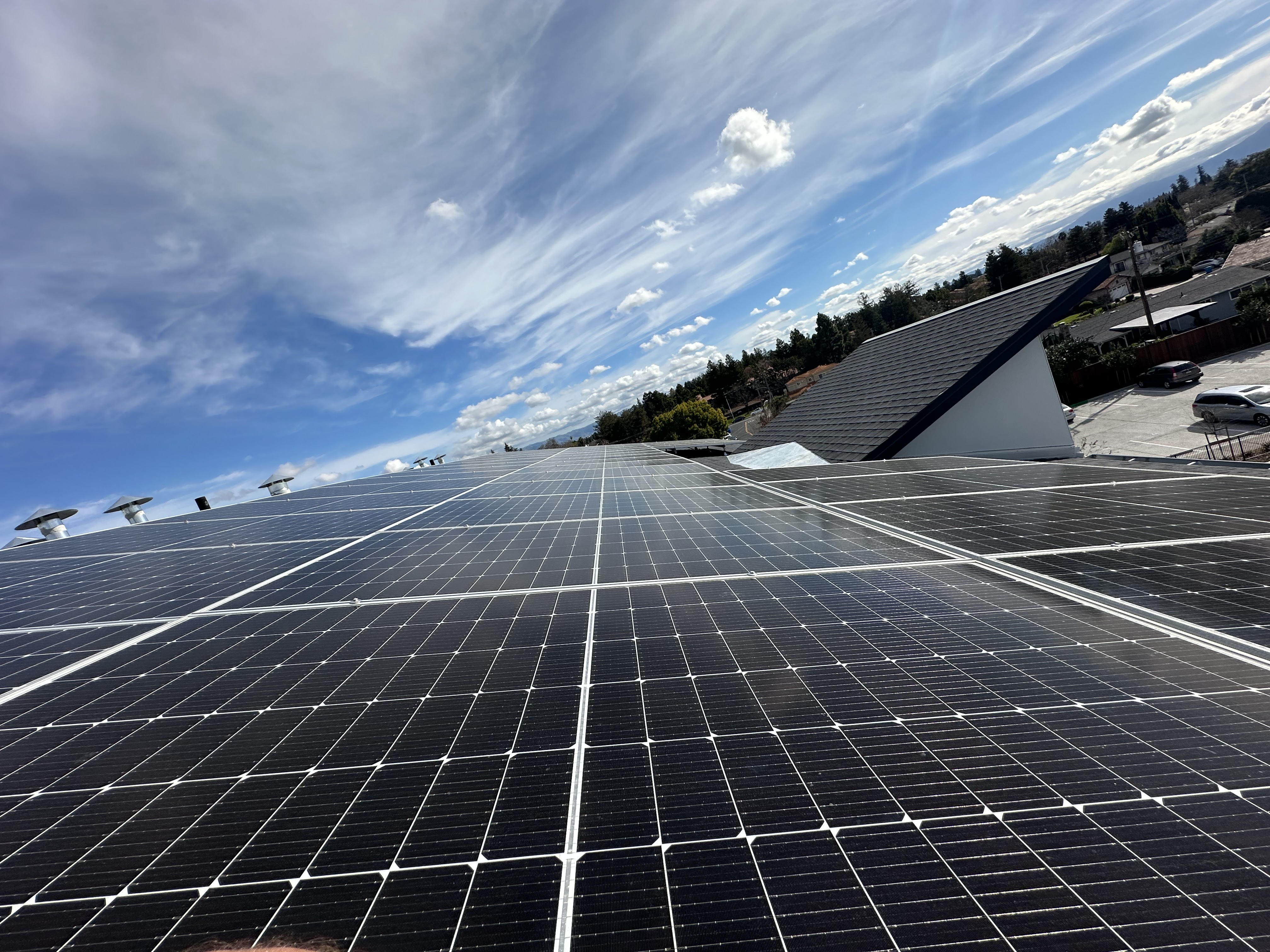
In the battle against climate change, every effort counts. From individual homeowners to large corporations, there are various initiatives and incentives in place to encourage the adoption of renewable energy sources like solar power. These incentives not only help reduce carbon footprints but also offer significant financial benefits. Let's delve into some of the key incentives available for residential and commercial entities looking to make the switch to renewable energy.
Homeowners with solar installations are eligible for programs like the Solar Storage Credit offered by MCE (Marin Clean Energy) present an excellent opportunity to further incentivize sustainable practices. By automating battery discharge from 4-9 p.m. and maintaining a reasonable battery reserve, participants can earn up to $20 per month in bill credits! This savings demonstrates MCE's commitment to rewarding renewable energy adopters.
Farmers and rural businesses can take advantage of the USDA’s Rural Energy for America Program (REAP) grants and loans for energy efficiency improvements. By combining federal tax credits and depreciation with REAP grants, recipients can slash initial costs significantly, making renewable energy solutions more accessible in rural areas.
Non-profit organizations, including churches and mosques, can benefit from renewable energy incentives through the Direct Pay provision. This initiative allows tax-exempt entities to receive the 30% federal tax credit as a direct payment, empowering them to invest in sustainable infrastructure without financial constraints.
Businesses eyeing solar installations can leverage federal and state-level depreciation laws to recover costs over time. State-level depreciation laws typically allow for recovery over six years, while federal laws enable businesses to apply 100% of federal depreciation in the first year, providing substantial upfront savings.
While incentives like the Solar Incentive Reduction Act's 30% income tax credit and programs like the Self-Generation Incentive Program (SGIP) aim to bolster renewable energy adoption, challenges like funding constraints and bureaucratic processes persist. However, initiatives such as DAC-SASH (Disadvantaged Communities - Single-family Solar Homes) offer hope by providing upfront funding to qualifying applicants living in designated disadvantaged areas.
Financing options for renewable energy projects vary, and understanding them is crucial for those looking to invest in our future. Institutions like Star One Credit Union and Clean Energy Credit Union offer competitive rates and prioritize funding green energy projects, making them valuable allies in the journey towards sustainability.
The road to a renewable future can seem daunting, but the various incentives and programs available can significantly alleviate financial burdens and accelerate the transition to clean energy. By seizing these opportunities, individuals, businesses, and communities can not only contribute to environmental preservation but also enjoy substantial cost savings in the process.